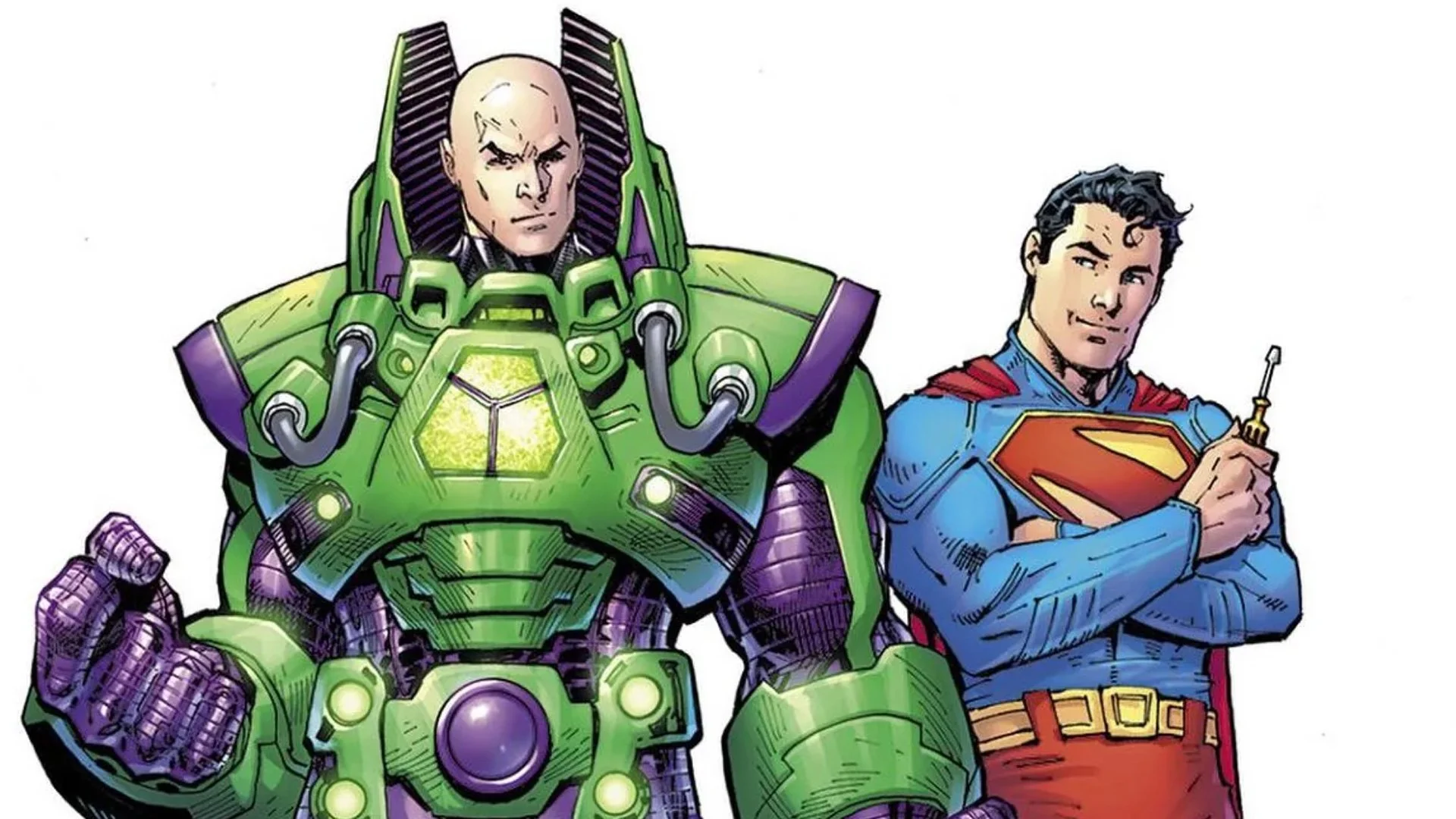We read just about everything about the symbolism of colors in our Western societies. The fact is that they mean several things at the same time, and can be tinged with different connotations at the same time, depending on the contexts and social classes. So add gendered marketing to children to the equation, and we have a story that is anything but corny: why and how brands encourage us to dress boys in blue and girls in pink… to generate maximum profit.
In ancient times, red and pink were manly
Schematically, since ancient times, in Europe, red has symbolized power and authority. It is therefore a color perceived as rather virile. As a derivative, pink also has a masculine connotation.. This light shade became popular during the Renaissance, because it was easier to fix it on fabrics thanks to the Brazilian wood. Thanks Colonization!
For his part, blue is worn by both men and women. It is even the color in which the Madonna is represented, and therefore the color chosen for many outfits for the birth of girls.
Although Madame de Pompadour, titular mistress of Louis XV and fashion influencer of the time, managed to make pink popular among court ladies in the mid-18th century it was only an episodic trend that did not catch on.
Until the Middle Ages, white for children – it’s easier to wash
Basically, until the end of the Middle Ages, children were dressed mainly in white, a symbol of purity… and easy to wash since you can boil baby clothes without fear of discolouring! However, we were careful to undress the aforementioned baby and leave it in a corner, so as not to scald it with water. bath laundry, we assure you.
Finally, until the Middle Ages in the West, children’s clothing did not have a gender. They are dresses for everyone. However, let us mention some touches of color, codified in the opposite of today, as the historian Emmanuelle Berthiaud explains to France Culture:
“For a very long time, we don’t sexualize babies or children before the age of 3-4, we dress them the same way. But we see in certain French folk costumes appearing a small ribbon on white clothes to differentiate the sexes, e it’s more pink or red for boys and white or blue for girls. »
The Protestant Reformation sees men in black or blue and women in red
But the Protestant Reformation that began in the 16th century imposed a new symbolism and a new hierarchy of colors. In this period of disenchantment with the world (even before Mylène Farmer sings it), dark shades from black to blue become synonymous with dignity – and therefore with masculinity – while red becomes the color of love, therefore of emotions and femininity.
Up until the 19th century, when you could afford a nice dress to hopefully win a seat at the local ball, you wanted it redder. It’s even the favorite color for wedding dresses in the peasant world!
Advances in dye paved the way for gender marketing
As in parallel we master the chemistry of colors and dyeing fabrics better and better, these advances become cheaper and can be applied to children’s clothing, continues the historian with the radio channel:
“This fashion of pink for girls and blue for boys it only took hold at the end of the 19th century, rather in Anglo-Saxon countries and among the elites, especially the bourgeoisie. It was only starting from the 1930s, with the development of marketing and the possibility of having clothes that resisted many washes and were accessible to popular categories, that this fashion began to spread in European countries. »
Precisely the affirmation of blue for boys, but above all of pink for girls, constitutes the perfect playground for the development of genre marketing in the mid-20th century. Encourage parents to buy different clothes according to their children’s gender? The ideal line for brands to sell even more!
This is summed up by American fashion historian Jo B. Paoletti in her book Pink and Blue: Telling the Boys from the Girls in America :
“The more we customize the garment, the more we sell it. »
In other words, creating gender separatism in the toy and clothing departments is the best way to create a feeling of rejection or usurpation among kids if they are offered a pink car or hot pink pants.
And if girls seem less resistant to the idea of using blue clothes or toys, it is certainly because boys too integrate the social construction of the hierarchy between genders very early… And thisthey also associate blue with the stronger sex, with the neutral, and not with infamy, unlike boys with pink.
Blue and pink, the cradle of domination
It’s this same gender hierarchy that explains why so many brands can simply offer menswear and market it as “unisex” to appeal to women without scaring men away. Just to give the impression of a new social progress, without making any effort or running any risk! Because daring to dare in a completely gender-free way means confronting misogyny, and therefore potentially selling fewer products…
A boy dressed in pink can arouse questions, not to mention suspicions, because he is a gender color as he belongs to the “weaker sex”, in our patriarchal society that perceives feminine things as less important than masculine attributes. This hierarchy also highlights the interest in women’s fashion that borrows from the wardrobe of the stronger sex: because these are the clothes of power. Socially, girls benefit from menswear, while sadly boys can be stigmatized if they do the opposite.
But as more and more people become interested in raising their children in a gender-neutral way, maybe we will finally see it the end of this marketing Machiavellism, which reproduces and reinforces the inequalities between women and men from the cradle.
This content is blocked because you have not accepted cookies and other tracers. This content is provided by Bababam.
To be able to view it, you must accept Bababam’s use of your data, which may be used for the following purposes: allow you to view and share content with social media, promote the development and improvement of Humanoid products and its partners, to show you personalized advertisements in relation to your profile and your activity, to define a personalized advertisement profile for you, to measure the performance of advertisements and content on this site and to measure the audience of this site (learn more )
Manage my choices
Do you like our articles? You will love our newsletters! Sign up for free on this page.
Source: Madmoizelle
Mary Crossley is an author at “The Fashion Vibes”. She is a seasoned journalist who is dedicated to delivering the latest news to her readers. With a keen sense of what’s important, Mary covers a wide range of topics, from politics to lifestyle and everything in between.





